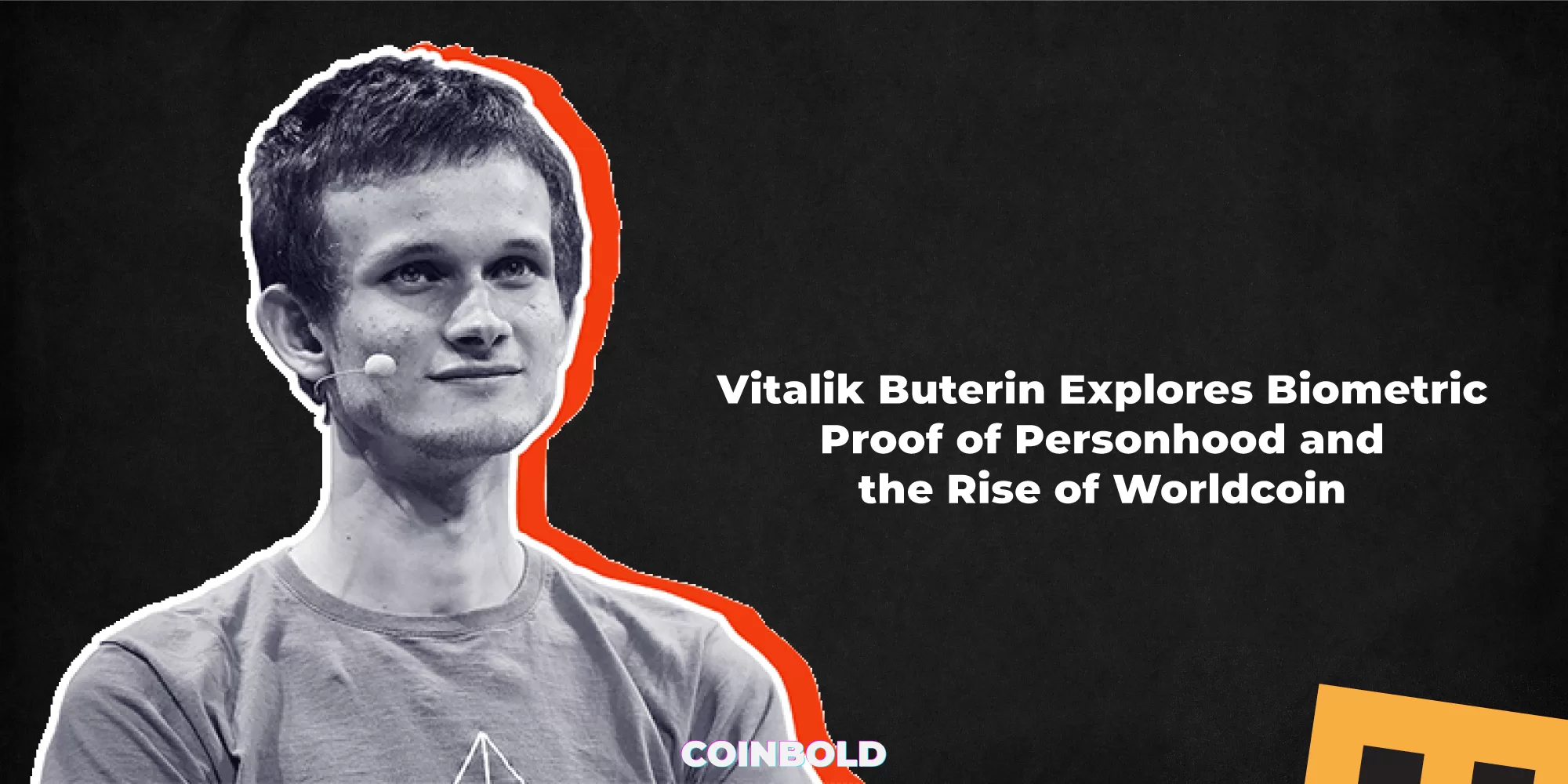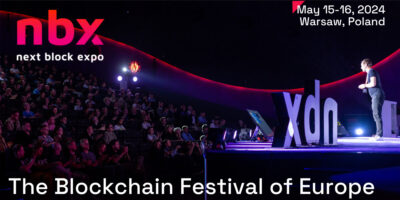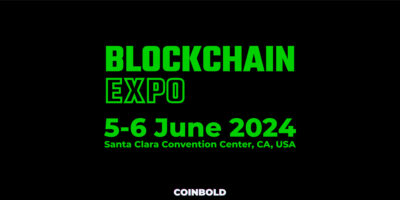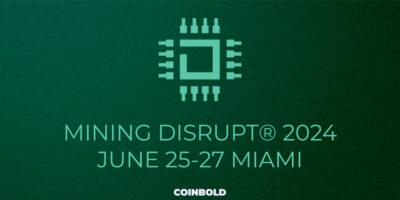Ethereum co-founder, Vitalik Buterin, has recently shared his insights on biometric proof of personhood and its application in the rapidly gaining popularity of Worldcoin. In a blog post on his official platform, Vitalik sheds light on Worldcoin’s unique approach to decentralized identity verification, involving advanced biometrics through specialized hardware called the Orb.
Worldcoin’s Groundbreaking Decentralized Identity Verification
As the first major innovation in the realm of decentralized identity verification, Worldcoin has garnered considerable attention within the crypto community. Vitalik Buterin highlights the significance of proof-of-personhood, a system that ensures each public key is controlled by a unique human, addressing anti-spam and anti-concentration-of-power concerns.
Addressing Centralization and Unclear AI Algorithms
Worldcoin’s application aims to disrupt the existing landscape, which heavily relies on unclear AI algorithms and centralized verifications (KYC). Vitalik emphasizes the importance of a robust proof-of-personhood solution that fosters decentralization, presenting a compelling alternative to current systems.
Diverse Attempts in Proof-of-Personhood
In the quest to amplify proof-of-personhood applications, various projects have surfaced, including Proof of Humanity, BrightID, Idena, and Circles. Each of these initiatives employs distinct approaches to verify users’ identities, contributing to the development of decentralized identity solutions.
Unveiling Worldcoin’s Biometric Verification Process
Vitalik delves into the intricacies of Worldcoin’s application, where users install an app to generate a private key. The next step involves physical verification at the Orb, ensuring the uniqueness of each user’s iris compared to existing users in the system. This process results in the issuance of a ‘World ID,’ adding an additional layer of trust to the platform.
Worldcoin’s Technological Foundations and Challenges
Worldcoin is built using the Optimism stack and ZK-SNARKs, supplemented by other cryptographic techniques. However, Vitalik points out major concerns with Worldcoin’s construction, including issues related to user privacy, system accessibility, centralization, and identity security.
Navigating Risks in Biometric Verification
With biometric verification’s inherent risks, Vitalik draws attention to potential issues such as deep-fakes, identity selling or renting, and forced-access. As an alternative, he suggests social-graph-based verifications, where identity verification relies on the endorsement of existing verified identities.
A Call for Diverse Verification Mechanisms
In the concluding remarks, Vitalik acknowledges the need for a multifaceted approach to proof-of-personhood. Combining elements from social-graph-based and biometric-based verification methods may lead to novel and effective solutions in identity verification.
Worldcoin’s Rise in the Tech World
As a groundbreaking innovation in the technology sphere, Worldcoin’s ambition to create a comprehensive privacy-preserving digital identity solution has thrust it into the spotlight. The recent listing of Worldcoin’s token, WLD, on multiple crypto exchanges further cements its position as a significant player in the blockchain space.








